Recommendations for Better Air Quality post COVID-19
by Vidhya Sreenivasan
82 Minute Read
.webp?width=725&name=change%20(1).webp)
We are all aware that pollution levels came down significantly during the lockdowns in response to the COVID pandemic, primarily because of reduced vehicular emission. The improvement in air quality came as a pleasant shock to many. One of the important lessons learned from the COVID19 situation has been the possibility of reduced pollution from better and smarter methods, both prescribed by policy and followed by the general public.
While we are strong advocates for effective and large-scale air pollution control technology like Pure Skies, we also recognize the importance of addressing emissions at source and making some fundamental changes in our environmental footprint. These changes revolve around reduced emission, which can be achieved in a big way through effective implementation and incentivisation of alternative fuel and energy sources, optimised transport systems, etc. In this article, we outline 5 important policy recommendations for air quality improvement in our cities. Our recommendations are mostly in favour of renewable energy owing to their tremendous role in reducing emissions, and also examine some of the best measures that can be taken at this point to ensure improvement in air quality.
Recommendation #1: Invest in Renewables
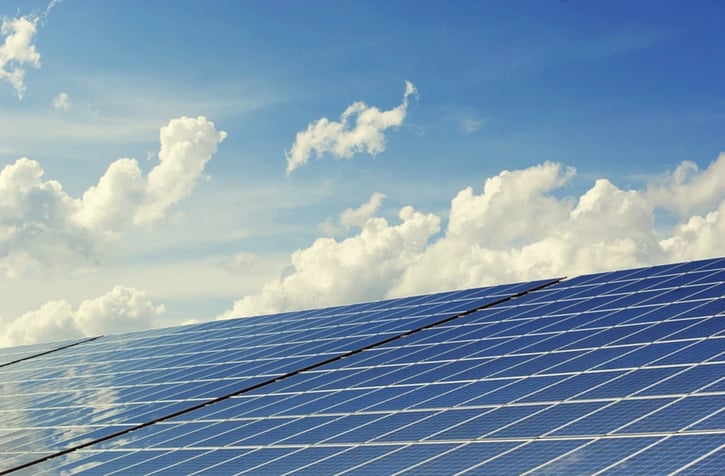
A report by the Institute for Energy Economics and Financial Analysis (IEEFA), released in December 2019, studies 12 non-performing assets in India’s thermal power sector and concluded that coal is less cost-competitive and investments should be made in the wind and solar-based power systems.
Moreover, the increasing environmental effects of pollution by thermal power stations
provide compelling reasons for increasing subsidies on renewables while decreasing them in fossil fuels. In addition to the power sector, industries should be incentivized to use renewable energy sources for their processes. Experts believe that investing in renewables is not just necessary but is a smart economical choice.
Recommendation #2: Electric vehicles
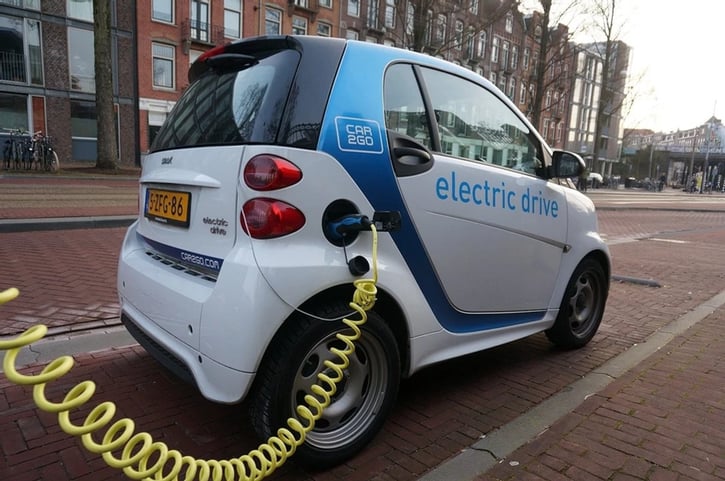
The Union Budget 2019 outlined several incentives for the faster adoption of electric vehicles for better air quality control. Extensive subsidies were also announced to boost the Government’s FAME II scheme (Faster Adoption and Manufacturing of (Hybrid &) Electric vehicles, Phase II) to expand electric mobility and electric vehicles, forming the bulk of traffic on Indian roads. According to the World Economic Forum, if the goal of reaching a 30% EV penetration is reached by 2030, the estimated savings of net CO2 emissions would be 846 million tons over their lifetime[1].
However, one year since FAME II was launched, adoption of the scheme has been slow. The primary reason for this has been cited to be the strict conditions attached to availing the subsidies[2]. As of the end of 2019, the EV market penetration was just 1% of the total car sales.
There is a need to re-look at these statistics and the underlying causes of slow adoption. Implementation at the state level is key to achieving scale. Electric vehicles will ease the outdoor air pollution load in Indian cities, and steps need to be taken to encourage its use.
In addition to this, it is important to stay the course on the BD VI rollout. The environmental benefits are huge - a BS-VI Engine using BS-VI fuel is expected to reduce particulate matter by 82%.
Recommendation #3: Public Transport
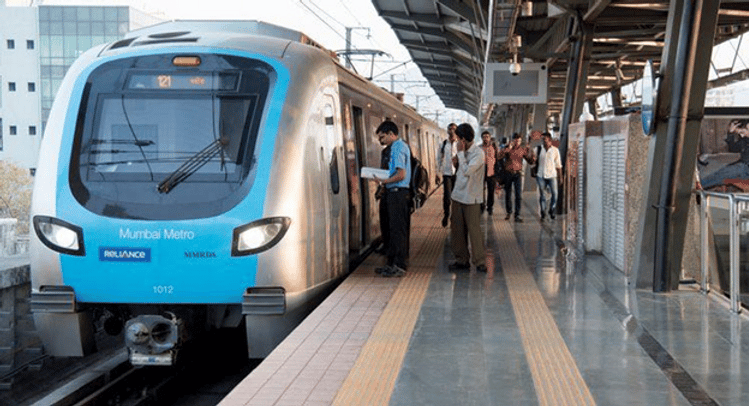
Let us take some examples. Pre-COVID, the density of passengers in a Delhi metro during peak hours was six passengers per sq m. Post-COVID, with social distancing norms of one-meter separation, the Metro will need to increase services by at least six times. Mumbai is worse. Peak-hour density is 14-16 people per sq m. With social distancing norms, the capacity needs to increase 14-16 times.[3] These numbers are hard to reconcile. There are examples of cities across the world that are expanding their cycling lanes and creating safe alternatives for transport. This is a good time to look at better infrastructure to include cycling lanes and encourage people to cycle to work. Some companies are already doing that to control atmospheric pollution.
Alternately, companies should re-think the necessity of employees coming to work and offer work-from-home options asTCS did. Through the lockdown, some companies have found that working from home has not just resulted in cost-savings, but also has increased overall productivity. This is the time to take advantage of these learnings and apply them to see long-term benefits both on the business side as well as for the environment.
Recommendation #4: Address Root Cause

We have experienced what clean air feels like, what it is to breathe pure air. In the post-COVID world, we need to take a serious approach to air pollution management. While the Government has launched the National Clean Air Programme (NCAP), the targets need to be more ambitious to realize any tangible benefits. While addressing pollution in the 102 designated cities, there is a need to delve into the root cause of pollution, which in some cases such as Delhi, could be due to inter-state transport of pollutants.
This is illustrated with an example. Every October-November, outdoor air pollution in Delhi peaks. One of the main factors has been found to be the pollution blowing in from the crop burning happening in Punjab and Haryana. Punjab, traditionally a cotton belt, moved to paddy due to economic reasons, free groundwater, and availability of migrant laborers (who charge nearly 50% less than local labor). In addition to being water-intensive in a state that has a water shortage, paddy has the additional problem that it is harvested using combines. Harvesting using combines leaves behind a stalk that is removed by burning, causing untold misery to all the cities downwind. Crop diversification is a strategy that has been tried by both the Punjab and Haryana governments to no avail.
The COVID lockdown has unwittingly resulted in the switch. With uncertainty over migrant labor returning to Punjab and Haryana, farmers have resorted to planting alternate crops[4]. The government needs to cash into this opportunity to create livelihoods for migrant labor in their respective cities/states. Experts from the Centre for Policy Research believe that moving paddy cultivation away from the Punjab/Haryana belt to the East may have a double benefit of reducing air pollution and creating safe livelihood options.
Similar to this, there is a need to identify new opportunities to address the existing root causes of air pollution and take advantage of the current situation to develop a better air quality control strategy.
Recommendation #5: Encourage Innovation
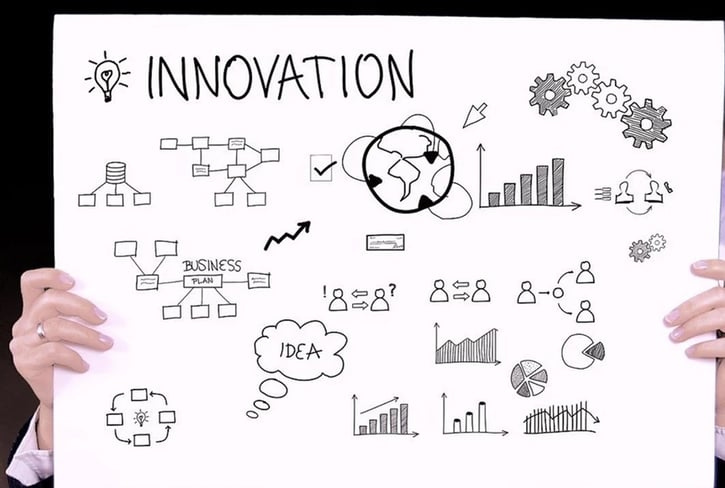
Recent years have seen a spate of innovation in air pollution control equipment. Just as there is a need for government interventions, there is an opportunity for technological innovations. Expensive government air pollution monitoring systems can cover only a certain area. It is unreasonable to expect an extensive monitoring network using government reference monitors. Substantiating these monitors with low-cost sensor-based monitors will go a long way into building a good monitoring network.
There are several companies making sensor-based monitors in the market. Similarly, there are several technological innovations in the market to control air pollution, particularly particulate pollution. There is a strong role for technology to play in both detecting and mitigating air pollution. Government efforts should further these innovations while developing policy.
In Conclusion…
Where there was an urgency to address air pollution in the pre-COVID world, the COVID-19 situation has taught us important lessons:
Any one of these lessons is a serious call to action by itself. All three put together compel us to act now. Do we want to go back to a pre-COVID world, when policies remained in debate and a let’s-please-everybody attitude was taken to implementation? We have seen that when the government acts decisively, miracles happen. Expanding on that, what we need now is a strong call to action on policy and implementation to see a striking difference in the quality of the air we breathe.
Change is in the air – do we want to be part of it?
References:
[3] Data obtained from the scroll.in - https://scroll.in/article/960063/post-covid-19-lockdown-will-indias-public-transport-systems-be-able-to-maintain-social-distancing
[4] “The COVID nudge: Labour shortage makes Punjab, Haryana farmers switch from paddy to cotton”, Anju Agnihotri Chaba and Harish Damodaran, https://indianexpress.com/article/india/covid-19-punjab-haryana-farmers-paddy-cotton-6385600/

.svg)
.webp?width=1080&height=1080&name=Free%20Case%20Study%20Steel%20Plant%20(1).webp)
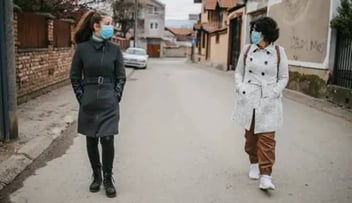
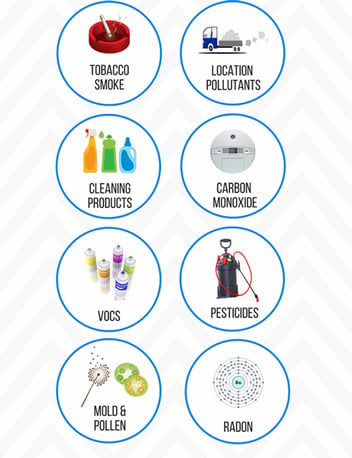
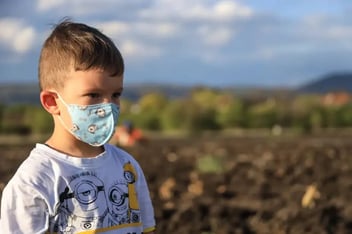




Post Comments